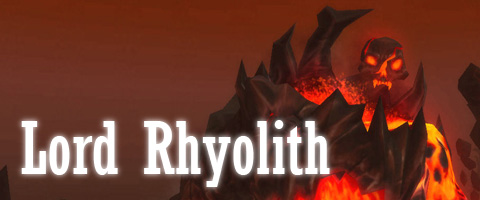Hey everyone! The other day, I gave you a quick method on narrowing down the collossal amount of search results you’d get from recruiting and compiling a neat, orderly list to work with. Today we’re going to hit up the actual recruiting forums and pick out some common jargon for new recruiters who are confused with the terms or have difficulty reading between the lines. Some of these are serious and some are rather tongue and cheek. I’ll let you decide which is which!
“We are exceptional <class> looking for…”
What they really mean: They think they’re really, really good and clearly there is no one in the entire 11+ million pool of players who are better than them. Not just some average Joe Raider. It’s just no one wants to take a chance on them on their server. Like seriously, it seems that half the recruiting ads I see are from players who believe they’re really exceptional. But if everyone says they’re exceptional, how can they all be exceptional? Unless they were the exception to the exceptionism.
E X C E P T I O N
“US Top 100 only”
What they really mean: They’ve been around since beta. They’ve seen it all and done it all. They’ve got lots of time to spare for progression. Whatever needs to be done, I can do. Looking for the best guilds only! These types mean business. Either that or they’ll wash out when they realize the raid leader really can remove them from the raid and they’re not the center of the universe.
“Progressed realm”
What they really mean: Clear desire to get off their low population, backwater server. They need a life line and they need it fast. Thinks they have what it takes to raid at a higher level but have trouble finding other like minded people.
“No less than 5/7 Firelands”
What they really mean: Clearly they took a break at the end of tier 11 and missed the first few weeks of Firelands. Probably just started Firelands for the first time and got trounced. Wants to get back into the thick of things again. Probably stonewalled on one specific boss for a long time and cannot seem to muster the man power or skill to power through.
“25 man only”
What they really mean: Possibly prone to screwing up. Likes to hide along the relative anonymity of other players. Has a 4% chance of being blamed for a wipe on 25 man instead of 10% on a 10 man. Hates the closeness of 10 mans. My kind of player.
“LF adult guild!!111”
What they really mean: Likes to make lots of sex jokes. Possible cybering involved. Use caution.
“Immediate core position for <class>”
What they really mean: Wants to feel like that special snowflake. You know, like the only Shaman or Boomkin in the guild. Wants to feel really unique and indispensible. Yeah. That guy. Works great until you discover they can’t sustain their Molten Feather stacks or circumvent tornadoes properly :(.
“Must be able to accept all 3 of us”
What they really mean: Will quit if even one person is deemed not good enough. Must accept all or accept none. Strong desire to stay together.
“Professional environment”
What they really mean: Likes to raid with really loud music. Doesn’t want Mumble chatter to impede what they’re listening on iTunes or what they’re watching on Netflix. He’s the guy who constantly blasts top 40 music whenever he speaks.
“No female officers“
What they really mean: Deemed “sexist douchebags”, according to one player. I’ve actually seen a recruiting post once that specifically stated no female officers. May have suffered some type of traumatic experience earlier in their gaming career and doesn’t want to go through it again. If I remember right, the reasoning behind the original poster involved something about cattiness and snark because the applicant was also female as well. Maybe Kat would know more about this than I would. All the female officers I’ve ever interacted with in my own guild or other guilds seemed pleasant enough.
And now you too can navigate the murky waters of recruiting! In any case, good luck to you young recruiters out there and may all your apps last long term!
